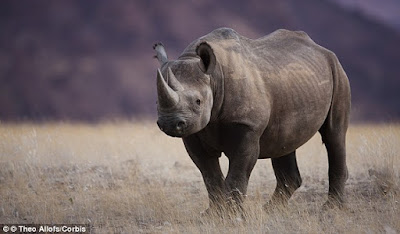We all know that pollution causes a lot of harm to the plants and animals around us. But did you know that some living beings can even be accurately reflect the levels of pollution in their surroundings? Due to this ability, they are often considered as reliable indicators of pollution, and are called bioindicators.
Well, these peculiar living beings are called lichens.
Lichens grow on barks of trees, often appearing as white
patches. They are often called the mossy lichens.
In highly industrialized areas, where air pollution by sulfur dioxide is common, lichens are unable to survive. In these areas, the barks of trees do not show the white patches of lichen. In fact, higher the levels of sulfur dioxide in the air, fewer the lichens seen on the trees.
However, there is another kind of lichen, that is much more tolerant
to air pollution and high levels of sulfur dioxide in air. This sturdier cousin
of the mossy lichen is called the crusty lichen.
Areas where even these sturdier crusty lichens cannot grow,
are considered very highly polluted.
In fact, the barks of trees in these highly polluted areas
are often covered by black soot, which is also another air pollutant released
by factories. Hence, instead of appearing white and patchy, the barks of trees
appear black.
These lichens are our friends and have always warned us about pollution going above permissible levels. Although air pollution harms other living beings in the world, it harms humans too! We are wise enough to understand that we must save ourselves from the ill effects of pollution. It is for us to not only decode the signals of these bioindicators, but also to save the entire ecosystem from the suffering due to actions of humans
Read more here...
 |
| White Rhino |
 | |||
| Black Rhino |
 |
| Angsana seeds |
 |
| Shorea fruits |
 |
| Dandelion seeds |
 |
| Alsomitra macrocarpa seed |